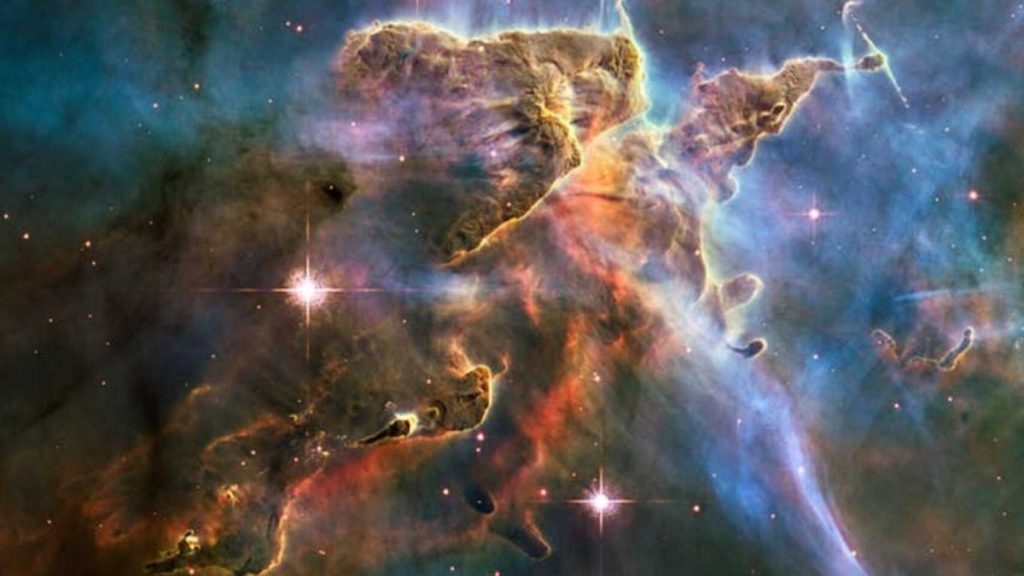The scientific community is largely divided into two camps regarding the origins of life on Earth. On one side, the idea that life spontaneously stemmed from the planet’s primordial soup of amino acids and organic molecules. On the other side, life arrived after hitching a ride on interstellar debris. This interstellar debris theory often involves an object like an asteroid slamming into Earth billions of years ago. However, according to a study published in the Monthly Notices of the Royal Astronomical Society, it’s arguably more likely that life’s ingredients came aboard microscopic particles of cosmic dust filled with life’s most elemental building blocks.
There are over 500 naturally occurring compounds known as amino acids. An especially important group called α-amino acids consists of a specific 22 molecules that make up the proteins and the genetic coding of living organisms. Aside from water, proteins are the largest component in human musculature and other bodily tissues. But while geneticists understand a great deal about amino acids and proteins, where the very first examples came from remains an open question.
Earlier studies have revealed high concentrations of these organic materials in asteroids and meteors, leading many researchers to theorize that these chunks of deep space rock may be responsible for introducing the conditions necessary for life’s evolution. Based on sheer probability, a team at Diamond Light Source—the UK’s national synchrotron—believes it’s far more likely that organic molecules came via tiny specks of cosmic dust.
Think of it this way: only around 10,000 decently sized meteorites slam into Earth per year. Meanwhile, the planet is annually bombarded by as much as 40,000 tons of dust. Volume alone dictates that amino acids were attached to the latter debris instead of the former.
But this dust theory is only possible if the molecules can survive the trip. Recently, Diamond Light Source astrobiologists decided to test if specific amino acids like alanine and glycine could withstand the hostile interstellar environment long enough to make it to Earth. To do this, they first synthesized amorphous magnesium silicate, some of the most prevalent cosmic dust particles. They then placed the amino acids alanine, glutamic acid, glycine, and aspartic acid onto the inorganic matter. Next, they used the synchrotron and infrared spectroscopy to study how the molecules fared under superheated conditions similar to those experienced during the solar system’s earliest phases.
Of their amino acid selection, only glycine and alanine successfully stuck to the silicate particles to form crystalline structures. The study’s authors believe this suggests the potential existence of an “astromineralogical selection mechanism” that ensured only certain amino acids could stick to cosmic dust. If true, this would have influenced the varieties of molecules that ultimately arrived on Earth, setting up very specific conditions that lead to the formation of life.
Researchers believe their findings support the idea that amino acids like glycine and alanine may have survived the intense conditions of outer space long enough to reach Earth 3.4 to 4.4 billion years ago. This era was bookended by the creation of the planet’s crust and its oceans, and includes the very first geological records of microfossils. This influx of cosmic amino acids would have possibly made up for the limited amount of naturally forming molecules on Earth, thus creating conditions that sparked life.


